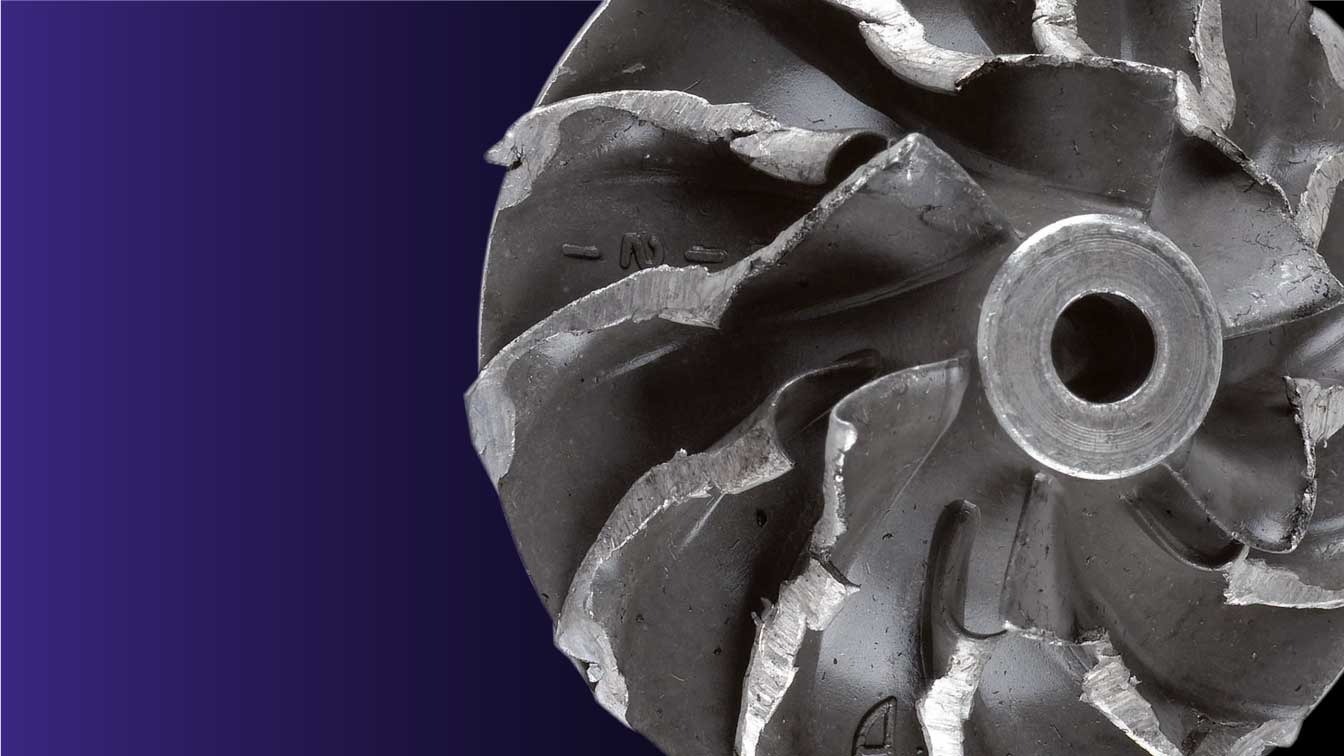Turbochargers are essential components of modern internal combustion engines, significantly enhancing performance, power output, and fuel efficiency. By compressing the intake air and allowing more oxygen to enter the combustion chamber, turbochargers enable engines to generate more power without increasing their physical size. However, these highly engineered systems are subjected to extreme operating conditions, including high temperatures and rotational speeds, which makes them vulnerable to wear and tear. When turbochargers fail unexpectedly, the consequences can be both inconvenient and costly, particularly for vehicles that rely heavily on their turbocharged engines for critical operations such as transportation, logistics, or emergency services. A malfunctioning turbocharger can lead to reduced engine performance, increased emissions, and even complete vehicle downtime, which can disrupt daily activities or business operations. In such scenarios, professional turbocharger emergency breakdown services become indispensable.
These services are designed to provide swift and reliable solutions, minimizing downtime and restoring engine functionality efficiently. With a combination of expert diagnostics, advanced tools, and on-site repair capabilities, these emergency services ensure that vehicles return to optimal performance quickly. Below, we delve into the intricate processes involved in diagnosing, repairing, and maintaining turbochargers during emergency situations, highlighting their critical role in keeping vehicles running smoothly.
Understanding Turbocharger Failures
Common Causes of Turbocharger Failures
Turbochargers endure extreme temperatures and high rotational speeds, making them susceptible to wear and damage. Common causes of failure include:
- Oil Contamination or Starvation: Turbochargers rely on clean, pressurized oil for lubrication. Contaminated or insufficient oil can lead to overheating and severe component wear.
- Foreign Object Damage: Small debris entering the turbocharger’s compressor or turbine can damage the blades, causing performance issues.
- Excessive Heat: Prolonged exposure to high temperatures can degrade components, leading to cracks or complete failure.
- Incorrect Installation: Poorly installed turbochargers can suffer from alignment issues or improper sealing, accelerating wear.
Signs of a Failing Turbocharger
Identifying a failing turbocharger early can save significant time and costs. Common symptoms include:
- Loss of Power: A noticeable decrease in engine performance.
- Excessive Smoke: Blue or black smoke from the exhaust indicates oil leakage or improper combustion.
- Unusual Noises: Whining, grinding, or hissing sounds suggest mechanical issues.
- Engine Warning Lights: Modern vehicles will often trigger diagnostic trouble codes related to turbocharger performance.
The Role of Turbocharger Emergency Breakdown Services
When a turbocharger fails unexpectedly, the importance of professional services cannot be overstated. These services are equipped to respond promptly, minimizing disruptions for individuals and businesses alike.
Rapid Diagnostics and Response
Emergency turbocharger breakdown services prioritize rapid diagnostics. Experienced technicians use advanced diagnostic tools to pinpoint the root cause of failure efficiently. The process includes:
- On-Site Assessment: A thorough inspection of the turbocharger and surrounding components to identify visible damage.
- Digital Diagnostics: Utilizing specialized software to analyze engine and turbocharger performance metrics.
- Oil and Air Filter Checks: Ensuring clean oil and proper airflow to rule out secondary causes.
On-Site Repairs and Replacements
In many cases, emergency services can perform on-site repairs, significantly reducing vehicle downtime. Typical repair processes include:
- Replacing Damaged Components: Blades, seals, and bearings can often be replaced without removing the turbocharger entirely.
- Realignment and Balancing: Ensuring the turbocharger’s rotating assembly is properly aligned and balanced to prevent further issues.
- Temporary Fixes: When full repairs aren’t feasible on-site, technicians may implement temporary solutions to restore limited functionality.
For irreparable turbochargers, services often carry a selection of replacement units to perform same-day swaps.
Detailed Steps in Emergency Turbocharger Repair
Step 1: Initial Inspection and Diagnosis
The process begins with a comprehensive inspection:
- Visual Examination: Checking for obvious signs of damage, such as cracks, leaks, or debris.
- Oil Sampling: Analyzing oil quality to detect contamination or signs of internal wear.
- Performance Tests: Measuring boost pressure and exhaust temperatures to evaluate turbocharger efficiency.
Step 2: Disassembly and Cleaning
Once the problem is identified, technicians disassemble the turbocharger if necessary:
- Component Cleaning: Removing carbon deposits, sludge, and other contaminants from the turbocharger and adjacent systems.
- Damage Assessment: Inspecting individual parts, such as the turbine wheel, compressor wheel, and shaft, for wear or breakage.
Step 3: Repairs and Component Replacement
Damaged parts are either repaired or replaced:
- Bearing Replacement: Installing new journal or ball bearings to restore smooth rotation.
- Seal Replacement: Ensuring proper sealing to prevent oil leaks and pressure loss.
- Blade Repair: Fixing bent or chipped blades or replacing them entirely if necessary.
Step 4: Reassembly and Testing
After repairs are completed:
- Reassembly: The turbocharger is carefully reassembled, ensuring all components are aligned and secured.
- Testing: Bench tests are conducted to verify functionality before reinstallation in the vehicle.
- Calibration: Adjusting the turbocharger’s settings to match the engine’s specifications.
Preventive Measures to Avoid Turbocharger Failures
While turbocharger emergency services are invaluable, prevention is always better than cure. Proper maintenance can significantly reduce the risk of turbocharger failures. Here are key practices:
Regular Maintenance
- Oil Changes: Use high-quality oil and replace it at recommended intervals to prevent contamination and wear.
- Air Filter Replacement: Ensure clean air intake by replacing air filters regularly.
- Cooling System Checks: Maintain proper coolant levels and ensure the cooling system is functioning effectively.
Safe Driving Practices
- Warm-Up and Cool-Down: Allow the engine to warm up before driving and cool down before shutting it off to protect the turbocharger.
- Avoid Overloading: Refrain from operating the engine at maximum load for extended periods.
Professional Inspections
Periodic professional inspections can detect potential issues early, preventing costly turbocharger Emergency breakdowns Service.
Choosing the Right Emergency Turbocharger Service
Selecting a reliable turbocharger emergency breakdown service is crucial for minimizing downtime and ensuring high-quality repairs. Key factors to consider include:
- Response Time: Opt for services that offer 24/7 availability and rapid response times.
- Experienced Technicians: Ensure the team is certified and experienced in handling turbocharger repairs.
- Warranty on Repairs: Look for providers that offer warranties on parts and labor for added peace of mind.
- Comprehensive Services: Choose a service that provides diagnostics, repairs, and replacements to cover all potential needs.
In conclusion, turbocharger failures are not only inconvenient but can also be a significant financial burden, especially for vehicles critical to daily operations. The timely intervention of professional turbocharger emergency breakdown services can drastically reduce downtime and ensure a swift return to optimal performance. By understanding the common causes of turbocharger malfunctions and recognizing the warning signs. Vehicle owners can take proactive steps to mitigate risks. Moreover, choosing a trusted service provider with a proven track record guarantees reliable repairs and maintenance. Regular preventive practices, such as routine maintenance, professional inspections. Safe driving habits, also play a crucial role in prolonging turbocharger life. Whether you own a personal vehicle or manage a fleet. Investing in high-quality emergency repair services and consistent upkeep will save you time, money, and stress in the long run. Rest assured, with the right support. Your vehicle’s performance can be restored swiftly and efficiently, ensuring long-term reliability.





